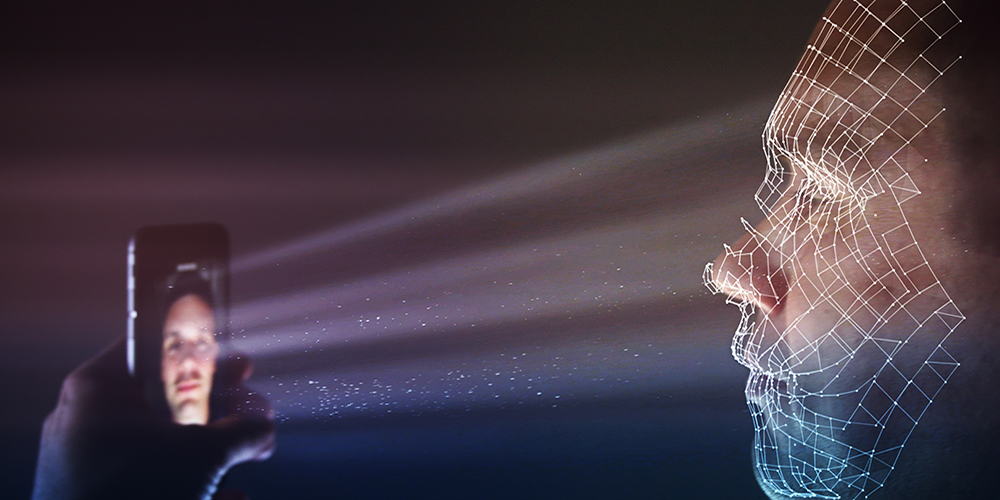Facial recognition, as controversial as it can be, was trending up before the COVID-19 pandemic hit the world.
However, there were many cases in which the technology proved troublesome, causing some areas in the U.S. and other parts of the world to ban the technology for government use.
Due to COVID-19, facial recognition technology developers now have another hurdle to jump: masks.
According to several recent news reports, organizations planning to roll out use of the technology are rethinking the strategy since many people – especially in large population centers where facial recognition will be most prevalent – are wearing masks.
Cameras installed in airports, schools, government buildings and on city streets designed to identify us by our facial features will be hampered by masks, scarves, bandanas and other face coverings people are using to help control the spread of the coronavirus.
Now, researchers are collecting photos of people wearing masks to help improve facial recognition algorithms as they scramble to keep the technology updated and relevant, CNet reports.
In April, researchers published the COVID-19 Mask Image Dataset to Github, using more than 1,200 images collected from Instagram. A month earlier, researchers from China compiled a database with more than 5,000 masked photos they gathered online.
The creators behind the April database used their AI startup Workaround to help comb through the images and properly label them with masks on or off, said Wafaa Arbash, the company’s CEO.
“We were inspired by all the companies that were launching free tools and everything they can do to help,” Arbash said. “We have these public images from Instagram, so these are not private images. We were just searching and getting the right data.”
Apple is also updating its software to make it easier for iPhone users to unlock their phone with the facial recognition feature while wearing a mask. According to CNet, Apple requires a user’s eyes, nose and mouth to be visible for the phone to be unlocked. Obviously, a mask isn’t conducive to that.
However, Apple hasn’t quite found a way to identify someone wearing a mask. Instead, the company simply made it easier to bypass the facial recognition feature by letting users enter a passcode to unlock the phone after one failed facial recognition attempt.
Face masks and other coverings will be the norm for many more months, so now might not be the best time to deploy facial recognition technology.
This article originally ran on our sister publication My TechDecisions.













